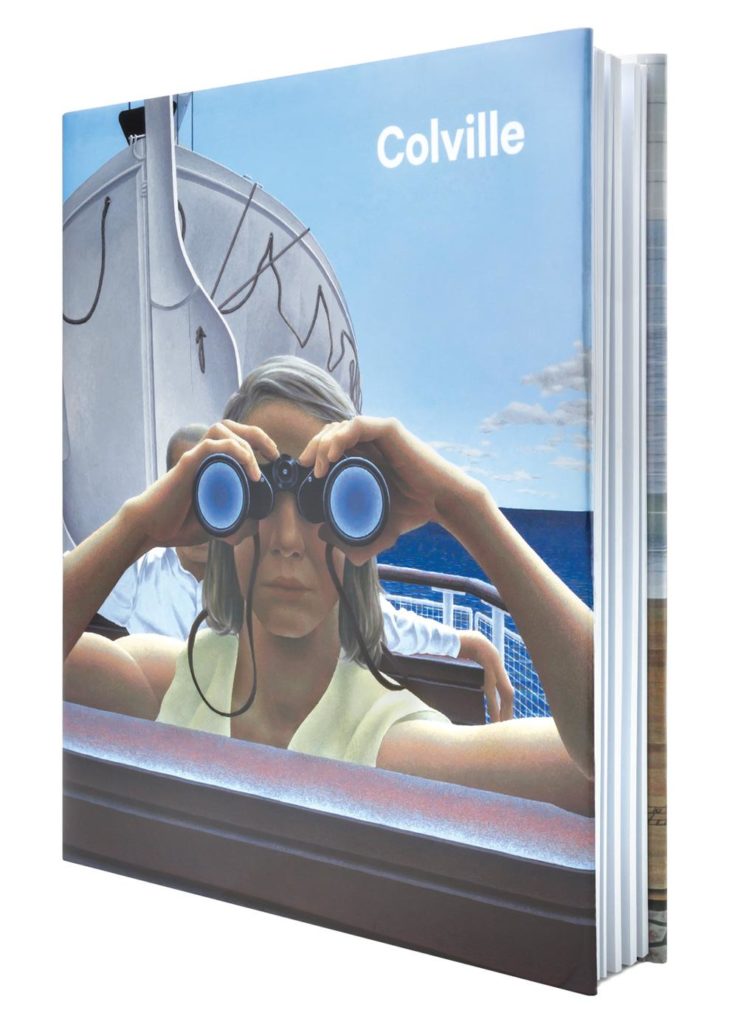As weather gets colder and nights grow shorter, it’s ever more tempting to stay in and curl up with a good book. Here are some recent releases we recommend.
Carl Andre: Sculpture as Place, 1958–2010
Philippe Vergne, Yasmil Raymond, et al., Dia Art Foundation/Yale University Press, 400 pp, $68.50.
There are certain artists whose work, despite its fixed place in the art-historical canon, seems to forever defy categorization. Their practices transcend the dominant eras and rote –isms of art-world hierarchies. No matter how well you think you know their work, there’s always something new to be seen and understood. Such is the case with the iconic American artist and poet Carl Andre, who once stated, “My idea of a piece of sculpture is a road. That is, a road doesn’t reveal itself at any particular point or from any particular point. Roads appear and disappear. We either have to travel on them or beside them. But we don’t have a single point of view for a road at all, except a moving one, moving along it.” From his serial experiments with the standardized units and “human vectors” of industrial metal plates and lengths of timber to his radical take on choreographed encounters with sculpture and a vanguard post-studio approach to site-specific production, Andre has steadfastly redetermined the material and metaphorical parameters of abstract form. It’s work that, decades later, still seems as fresh and potent as the day it was made. All is accounted for in this hefty catalogue for Dia:Beacon’s touring retrospective, offering a comprehensive reappraisal of the artist as both preeminent innovator and restless iconoclast.
The Duchamp Dictionary
Thomas Girst, Thames and Hudson, 224 pp, $34.95.
Duchamp scholar Thomas Girst joins a lively lineage, from The New England Primer to Marlene Dietrich’s ABC, with The Duchamp Dictionary, his A-to-Z portrait of the titular modern-art icon. Girst writes in his introduction that, despite Duchamp’s distrust of language, he had a love of dictionaries—hence Girst’s decision to place the artist’s experiences and proclivities in this format. Entries include “Peggy Guggenheim,” “Hair” (“its presence and absence”), “X” and “Merde.” Illustrations throughout by London, England–based screenprinting studio Heretic contribute to the whimsy.
Vera Frenkel
Edited by Sigrid Schade, Hatje Cantz, 312 pp, $65.00.
Described by the editor as a “transit station” (perhaps a nod to the artist’s seminal …from the Transit Bar), this monograph takes up the ambitious task of cataloguing Frenkel’s prolific and innovative practice, which, like a junction that hosts fluctuations of traffic and an ever-changing topography of passersby, escapes static generalizations and summations. Contributors Dot Tuer and Griselda Pollock discuss themes such as the utopian promises of technology, wily transactions of collective memory and the violence of migration in this critical consideration of Frenkel’s work from the 1970s until now.
Paul Chan: Selected Writings 2000–2014
Edited by George Baker, Eric Banks, et al., Schaulager, Laurenz Foundation/Badlands Unlimited, 376 pp, $25.95.
“Selected Writings” is perhaps a misnomer for this compilation; like the artist’s practice, the content here is diverse and compelling, and does not sit comfortably within one category. Essays pertaining to a rigorous, yet accessible, consideration of aesthetics and politics are accompanied by impassioned short texts about the relationship between horror-metal hip-hop and the magnetism of ideas and art. Including a selection of his font works, this new volume presents an intimate entanglement of humour and insight.
Scott Conarroe: By Rail and by Sea
Simon Winchester and Robert Bean, Black Dog Publishing, 144 pp, $34.95.
Former foreign correspondent and award-winning author Simon Winchester adds an eloquent introductory essay on disaster and the contradictory poetics of the marginal spaces where land meets sea to this monograph on the work of Vancouver- and Zurich-based photographer Scott Conarroe. The images that follow trace Conarroe’s journey across North America, documenting rail lines as an ever-present arterial split between man, nature and industry. A companion photo project finds telling parallels in interrupted coastlines from Iqaluit to Corpus Christi.
Henri Matisse: The Cut-Outs
Edited by Karl Buchberg, Nicholas Cullinan, Jodi Hauptman and Nicholas Serota, The Museum of Modern Art, New York, 256 pp, $60.00.
Critics were smitten with the spring presentation of Matisse’s cut-outs at Tate Modern, and MoMA’s fall show (the jewel of which is The Swimming Pool) has also been met with adoring fervour. The influence of these “drawings with scissors” on early Minimalist abstraction is made clear in the travelling blockbuster’s catalogue, which brims over with photographs of gouache-saturated paper shapes and provides the first in-depth systematic technical investigation into their production.
Colville
Andrew Hunter, Art Gallery of Ontario and Goose Lane Editions, 160 pp, $45.00.
Published on the occasion of the Art Gallery of Ontario’s fall retrospective, this monograph on the late painter feels like a labour of love for Andrew Hunter, who edited the book in addition to curating the exhibition. Hunter’s immersive introductory essay characterizes his investigation of Colville’s art as a sort of pilgrimage, quoting the Talking Heads’s “Once in a Lifetime” (“How did I get here?”) and using the cinema of Wes Anderson, Stanley Kubrick, the Coen Brothers and Sarah Polley to illuminate Colville’s intimate yet uncanny domesticities.
This article is based on the Readings section of the Fall 2014 issue of Canadian Art. To read more from this issue, visit its table of contents. To read the entire issue, pick up a copy on newsstands or the App Store until December 14.









